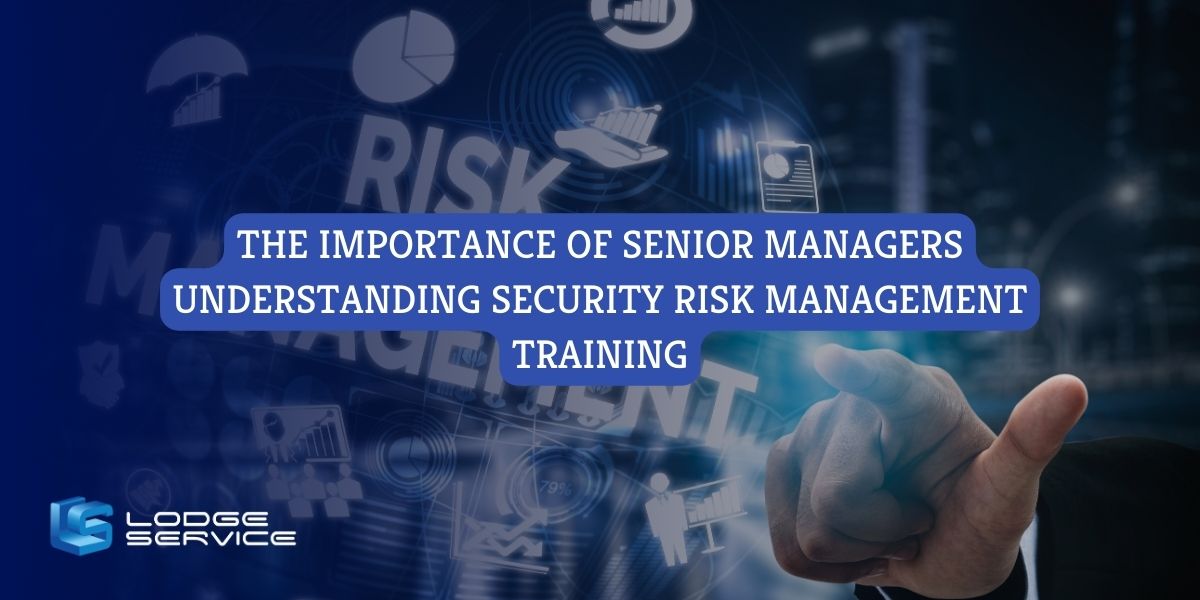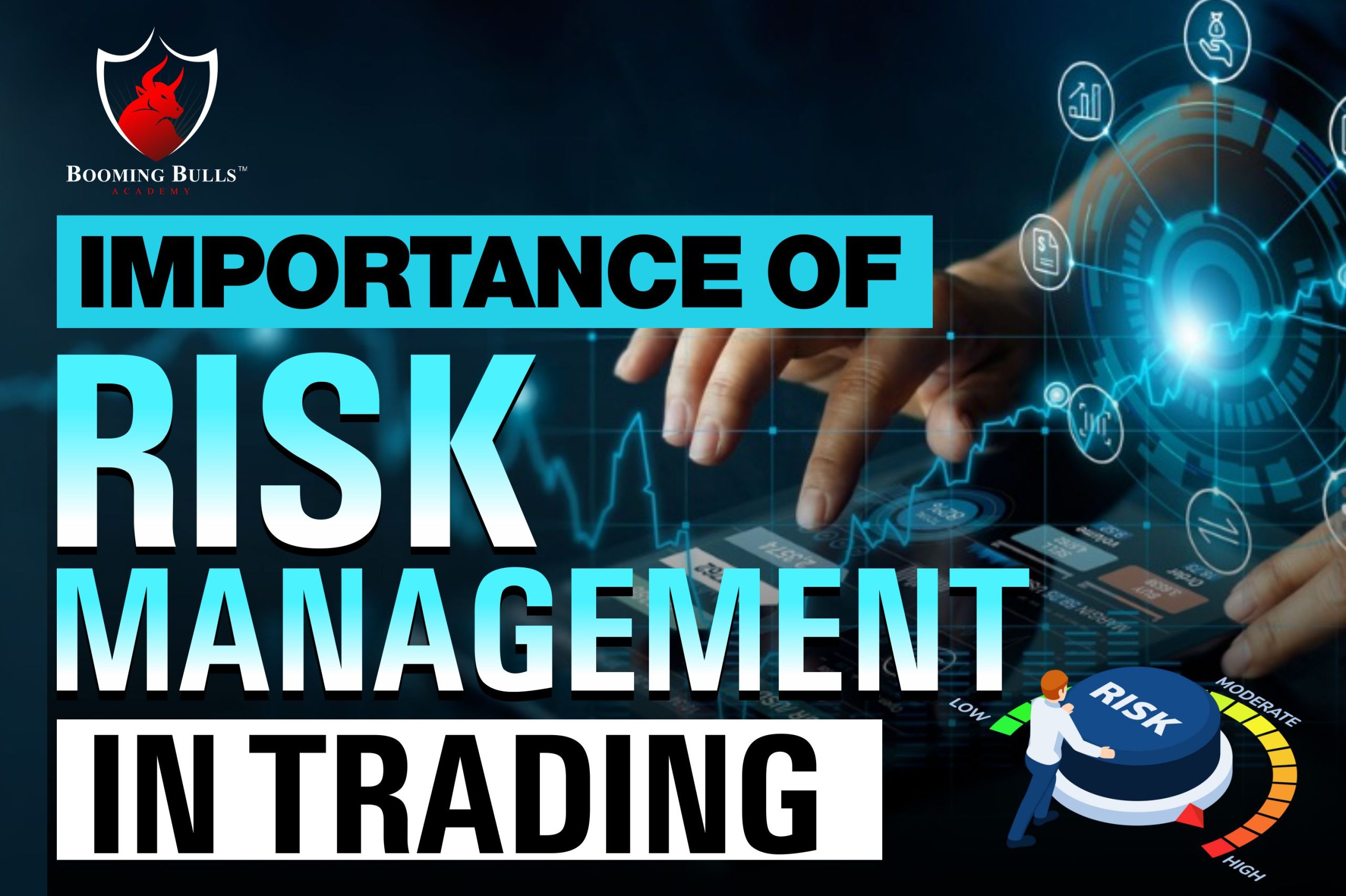Why the Importance of Risk Management Cannot Be Overlooked in The Current Economy
Why the Importance of Risk Management Cannot Be Overlooked in The Current Economy
Blog Article
The Crucial Value of Risk Management in Achieving Business Objectives
This is where Risk Management actions in, providing an organized approach to identifying, examining, and mitigating possible obstructions to advance. As we check out the critical function of Risk Management in attaining business objectives, one can't assist but ask yourself: just how does this convert into real-world success?
Comprehending the Principle of Risk Management in Company

The Important Role of Risk Management in Strategic Planning
Incorporating Risk Management right into strategic preparation acts as a secure for companies, anchoring their long-lasting plans with a strong structure of preparedness and durability. It runs as the company's radar, identifying prospective threats and susceptabilities that could interfere with the path towards attaining their mentioned objectives. Risk Management supplies a framework for preparing for unpredictabilities and creating suitable reactions, guaranteeing the company's survival and success even in the face of difficulty. By including Risk Management into tactical preparation, companies can transform these unpredictabilities right into possibilities for development and innovation. This calculated interweaving of Risk Management fosters adaptability, making organizations extra robust and enabling them to browse the ever-changing business landscape with confidence. Subsequently, Risk Management ends up being an essential tool in strategic preparation, crucial in safeguarding lasting success.

Methods for Identifying, Assessing, and Prioritizing Threats
The procedure starts with Risk recognition, employing tools such as SWOT analysis, which aids in pinpointing potential hazards and chances. Next off, Risk evaluation is carried out to ascertain the possible effect and likelihood of each Risk. Threats are prioritized based on their possible impact and chance, allowing companies to focus their sources on high-priority threats.
Securing Business Operations With Reliable Risk Management
In business landscape laden with unpredictabilities, effective Risk Management plays a pivotal role in protecting business procedures. It serves as a safety shield, reducing the adverse results of possible threats and making certain the smooth functioning of all procedures. By determining and evaluating potential risks, Risk Management allows organizations to develop durable contingency strategies. This preventative technique help in maintaining functional stability, even when challenged with unforeseen situations. Essentially, Risk Management is the lifeline that maintains the business operations afloat amidst stormy waters. It makes certain not just the survival but the lasting growth of an organization, making it an important device in accomplishing company objectives. Organizations have to invest in thorough Risk Management methods to safeguard their procedures.

Converting Possible Threats to Opportunities: The Power of Risk Management
An aggressive strategy to run the risk of Management involves identifying, analyzing, site here and prioritizing dangers to develop techniques that transform them right into potential benefits. Therefore, by leveraging the power of Risk Management, companies can not only guard their operations however additionally stimulate development and attain their objectives in an unforeseeable company environment.
Instance Researches: Success Stories of Risk Management Driving Organization Objectives
Successful application of Risk Management techniques has actually yielded remarkable results in numerous companies, emphasizing the values of this approach. International companies like Microsoft and Google, for instance, have leveraged Risk Management to minimize risks and visit the website exploit chances, driving their organization goals onward. These examples show how effective Risk Management can not just steer organizations clear of potential challenges but also direct them in the direction of their calculated objectives.
Final thought
In verdict, Risk Management is fundamentally critical in view publisher site accomplishing organizational goals. It uses an organized technique to recognizing, evaluating, and dealing with prospective risks and possibilities. Even more than simply mitigating threats, it also cultivates innovation, strength, and sustainable development. By integrating Risk Management into critical planning, businesses can better navigate uncertainties, protect procedures, and capitalise on chances, thus straightening with long-lasting goals.
At its core, Risk Management is the process of determining, analyzing, and addressing potential threats that could negatively affect an organization's purposes or operations. Next, Risk evaluation is carried out to determine the potential influence and possibility of each Risk. Threats are prioritized based on their potential influence and chance, allowing companies to focus their resources on critical dangers. By determining and analyzing possible dangers, Risk Management allows companies to develop robust backup plans. A proactive strategy to run the risk of Management involves identifying, assessing, and focusing on threats to design approaches that transform them into prospective benefits.
Report this page